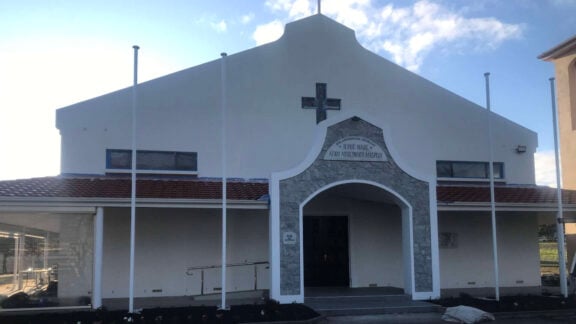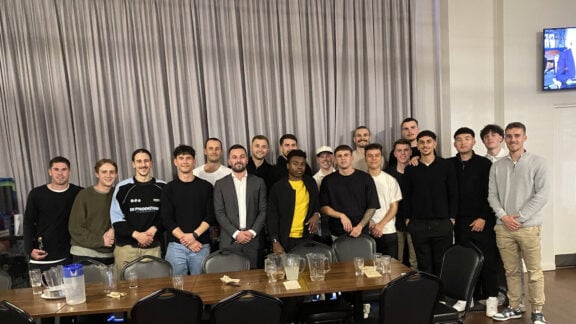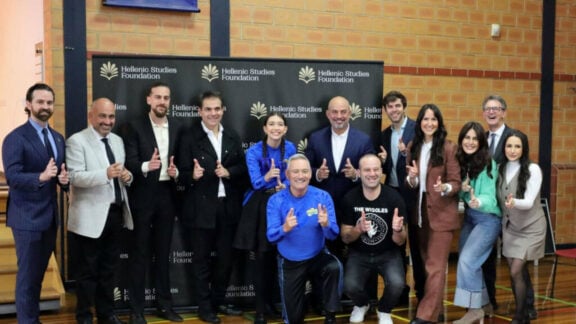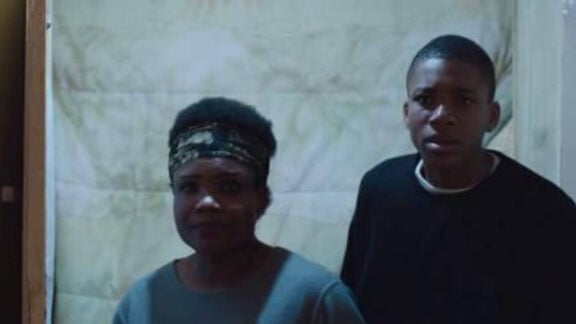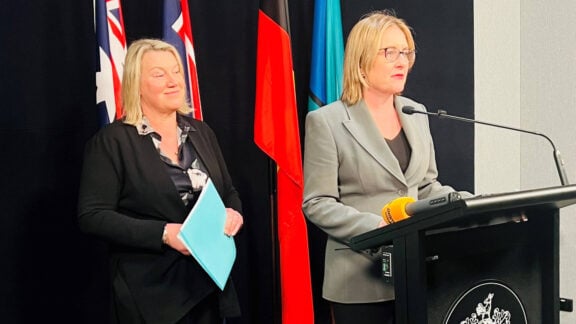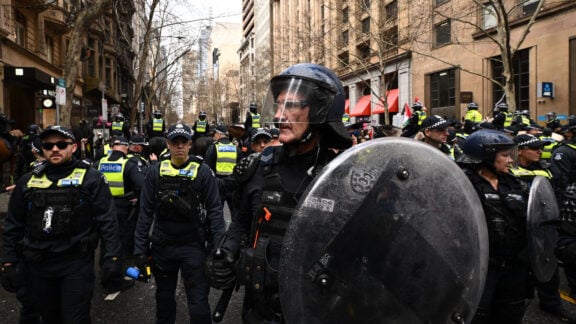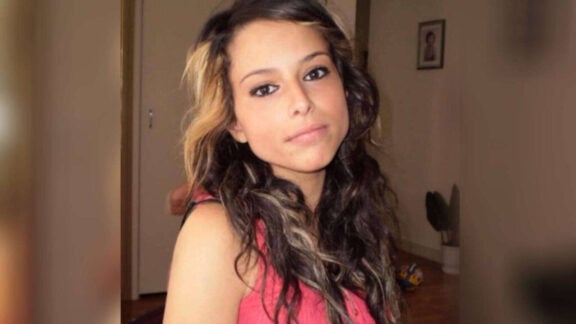A series of artworks by 94-year-old expatriate artist Anastasios Kolokotronis, a descendant of the historical figure, have been honoured with a permanent exhibition in Delta.
The Ionian Asia Minor Association O Herodotos in Delta, Thessaloniki opened the exhibition showcasing 30 of Kolokotronis’ miniatures in late January.
Stirred by childhood memories of the refugee village of Nea Magnisia where he was raised, the scale models he has produced over the years have been lauded for their careful construction and attention to detail; produced entirely from memory.
Of refugee origin, Kolokotronis told Neos Kosmos that the journey of his artistic projects starkly contrasts his own.
“They returned home,” he said.

The artworks of Kolokotronis are miniature scale models depicting urban and rural scenes from the lives of the residents of Nea Magnisia, the village of his birth just 11 kilometres west of Thessaloniki.
Four hundred refugee families settled the village when they were exiled from the city of Magnisia in Anatolia, Turkey, renamed Manisa in 1927; during the population exchange which followed the 1921-22 Greco-Turkish War.
His latest piece, created during the peak of pandemic lockdowns, is a representation of a wealthy manor house built in Nea Magnisia in 1937.
“Due to the coronavirus, we were all staying at home, at the age of 91, I picked up my tools again,” he said.
“Near the refugee houses there was a palatial mansion, it belonged to a compatriot of mine, a merchant named Mr Georgios Sarris,” Kolokotronis told Neos Kosmos.
“It was torn down in 1993 to make way for a large building.”

Among the 30 pieces created by Kolokotronis now permanently exhibited by O Herodotos in a newly established folk museum are representations of a series of homes, public squares, carriages, machinery and even a manganese quarry.
These scenes are populated by miniature villagers, going about their daily tasks alongside farm animals in lifelike surrounds.
Many of the artworks had been loaned for a decade to the Bonegilla Migrant Experience museum on the border of NSW and Victoria.
After World War II, an army camp at Bonegilla was transformed into a migrant reception centre, where new arrivals to the country lived while they were processed.
The miniatures were on display at Bonegilla since November 2011 when the exhibition was inaugurated by then Victorian minister for multicultural affairs Nicholas Kotsiras.

Kolokotronis said he was proud to have his works displayed at the place where he’d spent his early days in the country.
“I’m glad that they were exhibited in the most appropriate place and enjoyed by visitors of all ethnicities,” he said.
Out of a desire to return them to “where they belong” the 30 painstakingly recreated dioramas immortalising his village have now returned to the place which inspired them.

